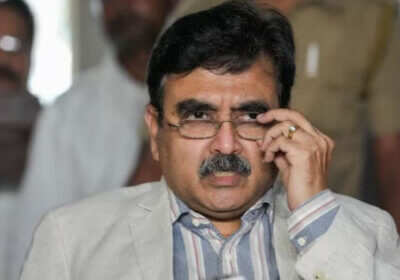History:
The planning commission of India was set up by the Resolution of the Govt Of India 1950 to
direct the nation towards the attainment of the defined goals for the nation and its people. The objective of setting up the planning commission of India was to put in place a framework that can be monitored quantitatively to measure the progress in various areas. One of the core ideas behind the setting up of the planning commission was to improve the standard of living of people by utilizing the resources available. The planning commission was responsible for analyzing the existing condition of all the available resources as well as resources that are scarce in India and determining plans to efficiently utilize these resources for the nation’s progress. The planning commission of India was set at a frequency of 5 years after which a reflection as well retrospection was to be made to measure the progress in the last 5 years and re-assess the goals which were set. Pt. Jawahar Lal Nehru was the chairman of the first planning commission of India.

The Planning Commission Of India
Background:
The idea of the planning commission of India was inspired by the USSR’s five-year plans which started in the 1920s and were very effective in delivering good results. The British government of India also started an Advisory Planning Board which functioned from 1944 to 1946 and was headed by K C Neogy. The vision of Prime Minister Jawaharlal Nehru was to build a welfare state through economic upliftment. The first five-year plan drafted by the planning commission focused on the agriculture of the country while the second five-year plan was focused on industry, the idea was to build a mixed economy.
Planning Commission Details:
The chairman of the commission was the Prime Minister ex-official and the deputy chairman is also given a cabinet rank. Full-time members of the planning commission body were brought in from different fields like agriculture, economics, administration, industry, law, information technology, etc. The planning commission was a well-rounded body with individuals from different specializations who worked in cohesion to attain nation goals specific to each domain.
The approach was to assess the natural, human, and capital resources of the nation and based on that draft the policies for their optimum utilization towards the set goals.
Legacy:
The planning commission of India is an example of India’s first prime minister Pt. Jawaharlal Nehru and his vast vision to build this nation and its institutions post-independence. The agile ways of working and 360-degree coverage is a hallmark of Pt Nehru’s foresightedness and his greatness as a statesman who was progressive in nature and deed. The planning commission paved the way for nation-building and successfully achieved glorious results over the long term. It was the planning commission of India from 1974-1979 that set the objective of eradication of poverty and attainment of self-reliance. Later on, N Modi led the BJP govt replicated the same goal with the name of ‘Atmanirbhar Bharat’.
Evolution:
The planning commission was dissolved on 17th August 2014 by the BJP govt and an advisory body was placed in its place with the name of Niti Ayog. The planning commission had the powers to enforce policies on the states while Niti Ayog is simply an advisory body that can propose states on various subjects under its consideration. Another change was the goal-setting which changed from 5-year planning under the planning commission to 15-year planning under the Niti Ayog. The Niti Ayog is basically a toothless body that cannot enforce any policy in any place and the 15-year long-term planning does not provide re-correction and in-time retrospection of goals and approaches.
For more such knowledgeable and insightful content keep reading Panchayiti

The Planning Commission Of India























Leave a Reply